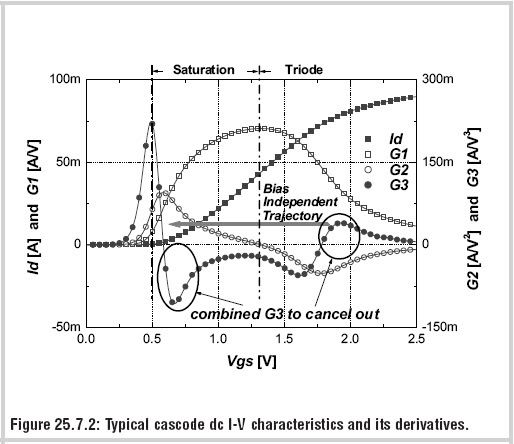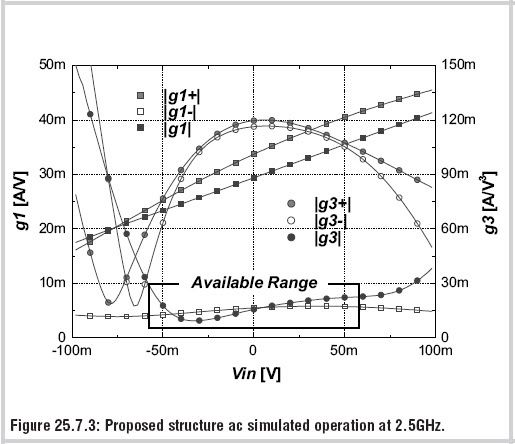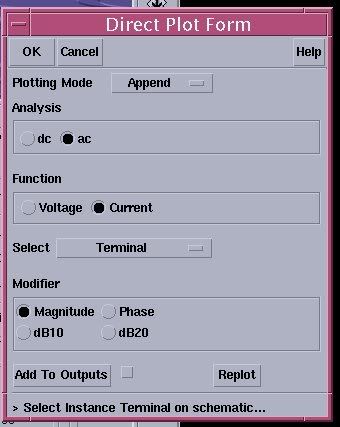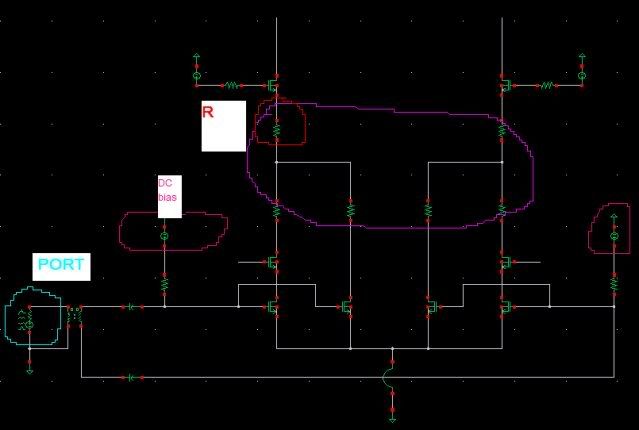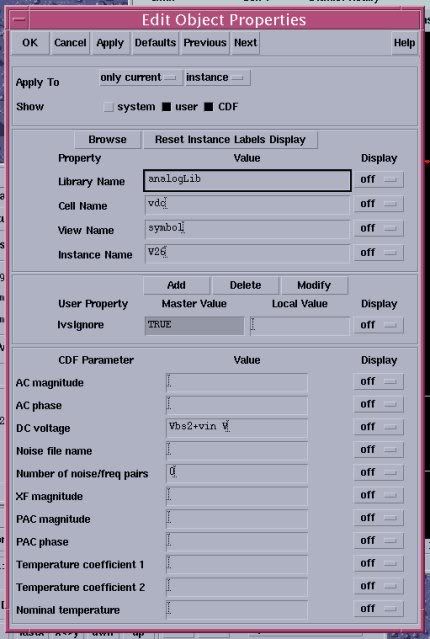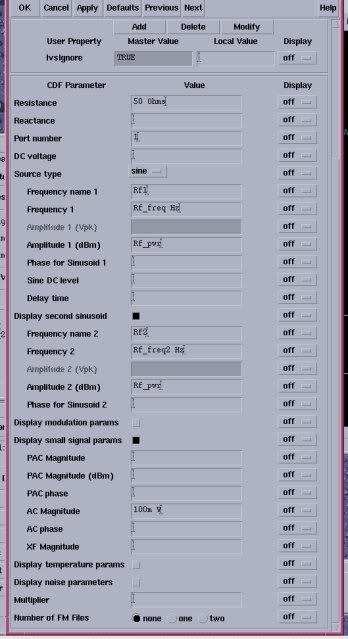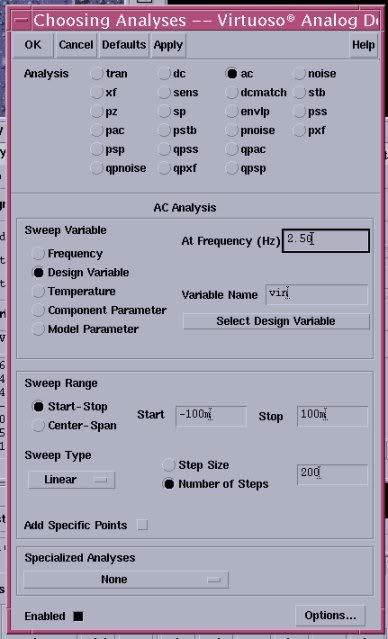Title: Re: ac gm simulation
Post by Ken Kundert on Mar 23rd, 2009, 11:29pm
I have to differ with both of you. First, on the zero ohm resistors, from a simulation perspective, they are structurally identical to 0-volt voltage sources. In fact, they tend to have a smaller memory footprint, and so if anything they should be faster. Unless there is a bug in the simulator, which is hard to imagine because they are so simple and heavily used, it is very unlikely that there is a significant speed difference between the two.
Concerning your results, I would council you not to put too much stock in such small differences. I have looked at a very large number of simulation speed issues through the years and have found that they are often due to happenstance.
Second, on convergence problems with small resistors, this would only be true with small parasitic resistors. This is one reason why they are automatically deleted. However, normal resistors have a more sophisticated formulation that allows them to work with any resistance, no matter how large or how small. The only reason why you would have trouble is if the thresh parameter was set incorrectly, which again occurs only very rarely, and when it does occur it is often the result of overly aggressive tightening of tolerances, particular abstol.
Finally, concerning your honesty Pancho, I cannot know what you really believe. However I have always found your opinions about Spectre and SpectreRF to be excessively negative, and frankly far outside outside the mainstream. You and I both know that you have very personal reasons to dislike Cadence, and I think you are letting your feelings about Cadence affect what you say about Spectre. In addition, I often find your manner on this forum to be overly harsh, and occasionally insulting. However, at the same time you are very helpful to the people on this forum. You are very active, and very knowledgeable, and on the whole I value your contribution. Perhaps you can try to be a little more even handed in your treatment of Spectre and a little more gentle in your treatment of the other members of the forum. After all, we are all friends here just trying to help each other out.
-Ken
|
